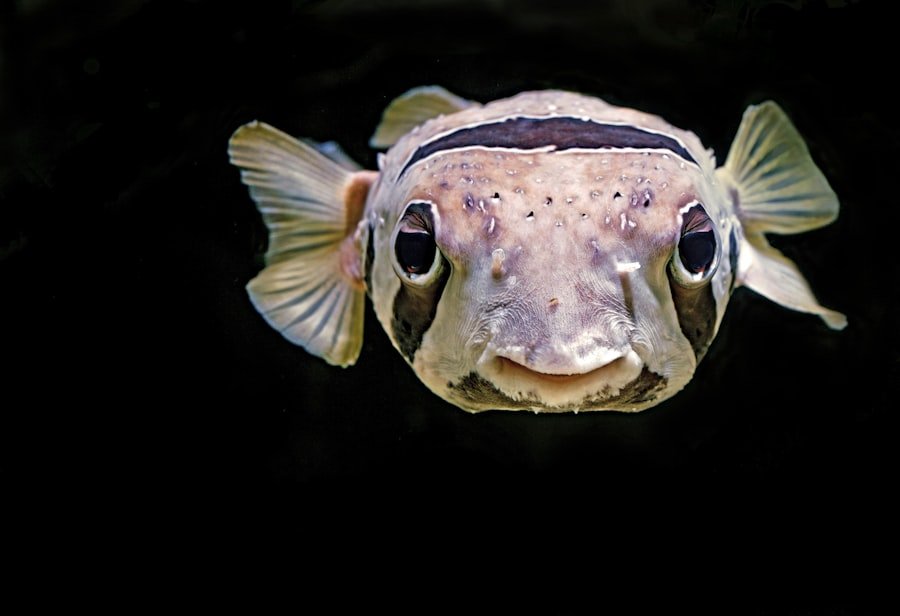Fish boots have a long and fascinating history that dates back centuries. In many cultures, fish leather has been used for various purposes, including clothing and footwear. The use of fish leather in the fashion industry has gained popularity in recent years due to its unique texture and appearance. This article will explore the benefits of fish leather for footwear, its sustainability in the fashion industry, the process of making fish boots, a comparison with traditional leather boots, the versatility of fish leather, the growing demand for fish boots, the future of fish boots, and the cultural significance and socioeconomic impact of fish boot production.
Key Takeaways
- Fish leather is a sustainable and eco-friendly alternative to traditional leather for footwear.
- The process of making fish boots involves using the skin of fish that would otherwise be discarded.
- Fish boots offer a unique and versatile style, with various designs and colors available.
- The demand for fish boots is growing in the fashion industry, with more designers and consumers seeking sustainable options.
- Fish boots have a significant cultural heritage and can support local communities through their production.
The Benefits of Fish Leather for Footwear
Fish leather offers several advantages when it comes to footwear. One of the main benefits is its durability and strength. Fish leather is known to be highly resistant to wear and tear, making it an ideal material for shoes that need to withstand daily use. Additionally, fish leather has a unique texture and appearance that sets it apart from traditional leather. The scales on fish leather create a visually striking pattern that adds a touch of elegance and sophistication to any shoe design. Furthermore, fish leather is breathable and comfortable to wear. It allows air to circulate around the foot, preventing sweat and odor buildup.
Sustainability in Fashion: Fish Boots as a Solution
The fashion industry has long been criticized for its negative environmental impact, particularly in relation to traditional leather production. The process of producing traditional leather involves the use of toxic chemicals and large amounts of water, which contribute to pollution and water scarcity. In contrast, fish leather offers a more sustainable alternative. Fish skins are a byproduct of the fishing industry, which means that using them for leather production helps reduce waste. Additionally, the tanning process used for fish leather is less harmful to the environment compared to traditional tanning methods. By choosing fish boots over traditional leather boots, consumers can support sustainable fashion practices and contribute to a greener future.
The Process of Making Fish Boots: From Catch to Shoe
| Process Step | Description | Metric |
|---|---|---|
| Catching Fish | Fishing for the specific type of fish needed for boots | Number of fish caught per day |
| Gutting and Cleaning | Removing the internal organs and cleaning the fish | Time taken to gut and clean one fish |
| Deboning | Removing the bones from the fish | Percentage of meat extracted from one fish |
| Smoking | Preserving the fish by smoking it | Time taken to smoke one fish |
| Grinding | Grinding the smoked fish into a fine powder | Amount of powder produced from one fish |
| Mixing | Mixing the fish powder with other materials to create a shoe sole | Ratio of fish powder to other materials used |
| Molding | Molding the shoe sole into the desired shape | Time taken to mold one shoe sole |
| Assembling | Assembling the shoe with the sole and other materials | Time taken to assemble one shoe |
The production of fish boots involves several steps, starting with the fishing process and the selection of fish for leather production. Fish skins are carefully chosen based on their quality and size. Once the fish are caught, their skins are removed and sent for tanning and processing. The tanning process involves treating the fish skins with chemicals to remove any remaining flesh and scales, as well as to preserve the leather. After tanning, the fish leather is ready to be used for manufacturing fish boots. Skilled craftsmen cut and shape the leather into various shoe components, which are then assembled to create the final product.
Fish Boots vs. Traditional Leather Boots: A Comparison
When comparing fish boots to traditional leather boots, there are several factors to consider. In terms of durability and strength, both materials have their advantages. Traditional leather is known for its long-lasting properties, while fish leather offers similar durability with the added benefit of being resistant to wear and tear. In terms of texture and appearance, fish leather stands out with its unique scale pattern, giving it a more distinctive and luxurious look compared to traditional leather. When it comes to breathability and comfort, fish leather has the upper hand due to its natural properties that allow air circulation.
The Versatility of Fish Leather: Styles and Designs of Fish Boots

Fish leather is a versatile material that can be used in various styles and designs of boots. From ankle boots to knee-high boots, fish leather can be crafted into different shapes and sizes to suit different preferences. The unique texture and appearance of fish leather also make it a popular choice for statement boots that stand out from the crowd. Additionally, fish leather can be dyed in a wide range of colors, allowing for endless possibilities when it comes to design options. Fish leather can also be combined with other materials, such as traditional leather or fabric, to create interesting and innovative designs.
The Growing Demand for Fish Boots in the Fashion Industry
In recent years, fish boots have gained popularity among consumers in the fashion industry. The unique texture and appearance of fish leather have caught the attention of fashion enthusiasts and trendsetters alike. Additionally, the growing awareness of sustainability in fashion has led to an increased demand for eco-friendly alternatives, such as fish leather. Fashion influencers and celebrities have also played a significant role in promoting fish boots, often seen wearing them at events and on social media platforms. As a result, more and more consumers are opting for fish boots as a stylish and sustainable choice.
The Future of Fish Boots: Innovations and Advancements
The future of fish boots looks promising, with potential advancements and innovations in fish leather production. Researchers and scientists are constantly exploring new technologies to improve the tanning process and make it even more environmentally friendly. This includes developing alternative tanning methods that use fewer chemicals and less water. Additionally, there is a growing interest in using fish leather in other fashion items, such as bags, wallets, and accessories. As the demand for sustainable fashion continues to rise, it is likely that fish boots will become even more popular in the future.
Fish Boots as a Cultural Heritage: The History and Significance
Fish boots have a rich cultural heritage in different regions and communities around the world. In some cultures, fish leather has been used for centuries as a traditional material for clothing and footwear. The history of fish boots reflects the close relationship between humans and nature, as well as the resourcefulness of different cultures in utilizing available materials. Today, fish boots continue to be an important part of cultural identity and heritage, representing the traditions and craftsmanship of various communities.
Supporting Local Communities: The Socioeconomic Impact of Fish Boot Production
The production of fish boots has a significant socioeconomic impact on local communities. In regions where fishing is a major industry, the use of fish leather for footwear provides an additional source of income for fishermen and their families. It also helps create job opportunities for skilled craftsmen involved in the tanning and manufacturing process. Furthermore, the production of fish boots supports local economies by promoting sustainable practices and fair trade principles. By purchasing fish boots, consumers can contribute to the livelihoods of these communities and support ethical and responsible fashion practices.
If you’re interested in unique fashion trends, you won’t want to miss this fascinating article on fish boots. These unconventional footwear options have been making waves in the fashion industry, and this article dives deep into the origins and popularity of this quirky trend. Discover how fish boots are making a splash on runways and sidewalks alike, and explore the various styles and designs available. To learn more about this intriguing fashion statement, check out the article here.




















+ There are no comments
Add yours